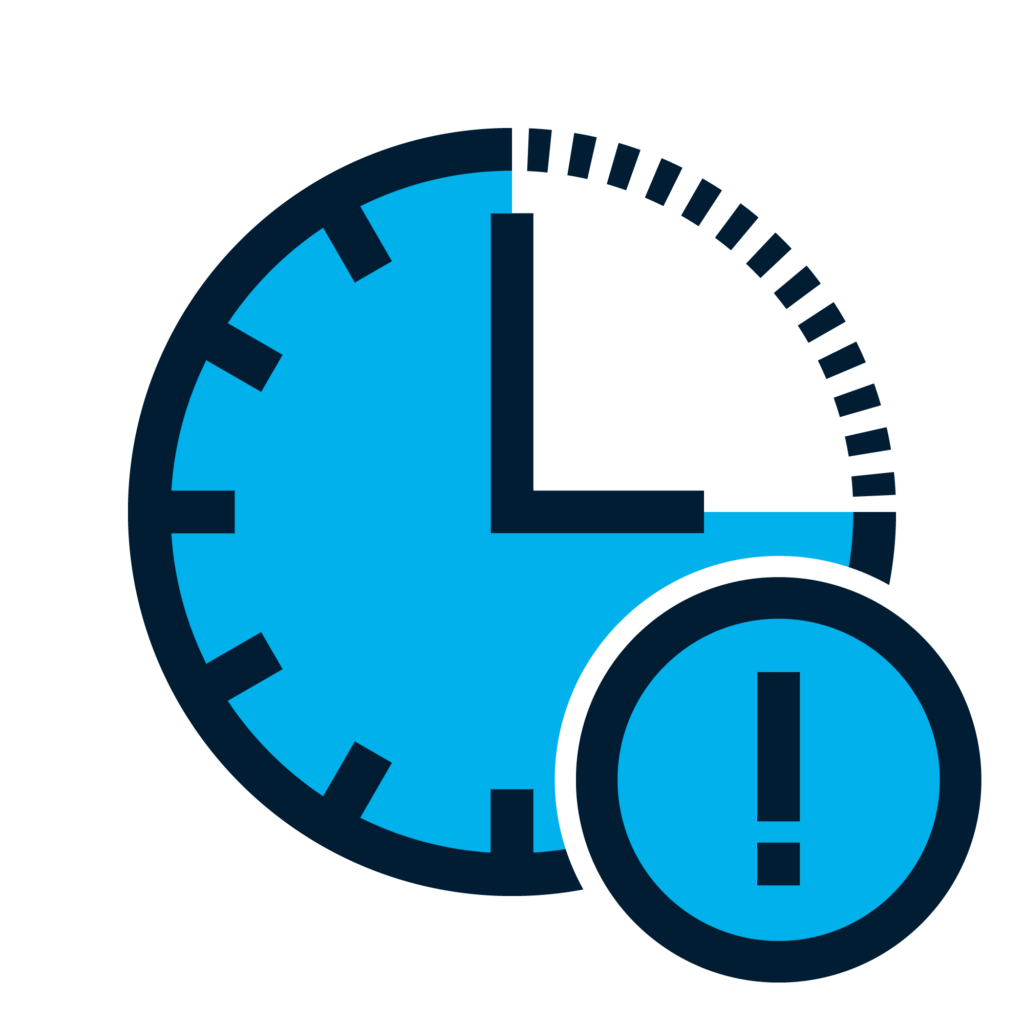Checklists for Crisis Management
How to Prepare Business Continuity Plan Checklists
By Marius Røstad, Vice President ENS/CM Solutions
Whether you want to call them business continuity plan checklists, contingency plan aide memoirs or crisis management action plans, they all mean the same in practice and are a fundamental and essential element of the organisation of any crisis management system. FACT24 has a special function that helps you to create individual checklists easily and quickly called Action Cards. This article explains the key considerations for creating or revising them.
A Support Tool for Crisis Management
Action Cards are tools that help your team members to follow logical pre-defined steps in response to an incident. You can think of them as operational, ‘living’ versions of your contingency or crisis management plan. They are designed to be prompts that consolidate your thinking during the early stages of a crisis, regardless of the incident type or severity. Although they will most certainly vary in terms of content, size and complexity, every function involved in the response to a crisis should have an Action Card associated with it.
Creating Checklists: Specific or General?
Many practitioners would recommend that Action Cards are kept generic, which means that they can be used for any type of incident. There are two main advantages to this. Firstly, since a card needs to be updated each time there is a change to the organisation, regulations or external factors alter, a generic Action Card is easier to update than multiple cards per role, since this can put unnecessary strain on the resilience of professionals for whom time is already a precious commodity. Secondly, it is more straightforward in operation.
Download the Free eBook with a Detailed Guide to Successful Action Cards Here!


Simple Language
Keep the writing brief, almost in bullet point style, be as specific and yet as concise as possible: ‘Used FACT24 to notify Gold Team’ is far more useful than ‘Mobilise senior management’. Bear in mind that some team members may only see their Action Cards a couple of times a year during exercises or live responses. That’s why it is really important to think hard about your wording and how well it will assist them. If further detailed information is needed, this can always be made available in the crisis management plan or supporting documentation. The key point here is to keep the headline of the Action Card simple and provide easy access to the finer details as required.

Stay Flexible with Task Management
Any crisis management process should provide the capability to assign people additional tasks. Whilst the Action Card provides a basis for what people should be considering as part of the response, the actual tasks are a product of the reactive phase of the response and must be clearly recorded, distributed and tracked. This is the same whether members of staff are in or out of the office; therefore mobile friendly solutions are an advantage. One key consideration is what should be done if someone becomes overloaded, or if a different team member is better qualified to carry out the task. Always retain the ability to easily reassign tasks.
Your Benefits with FACT24
- Simple and intuitive
operation
- Can be used from
anywhere
- 24/7 available
for you at all times
- Operational within a
few days

Time is Precious
The increasing adoption of the ICS model in Europe is seeing more and more organisations paying close attention to the timeframe in which tasks must be completed. When recording and assigning tasks, it’s no use leaving them open ended. The task must be measurable and have a deadline for completion. This allows those with overall command of the situation to plan ahead with a clear picture of what the situation should look like in 2/6/12/24 hours from now.
Good quality Action Cards will help any organisation to initiate the best possible response but they are no substitute for thorough training and competent management. It is only when every single member of the crisis team has rehearsed their routine thoroughly that you can have the confidence to say that you’re truly prepared.


